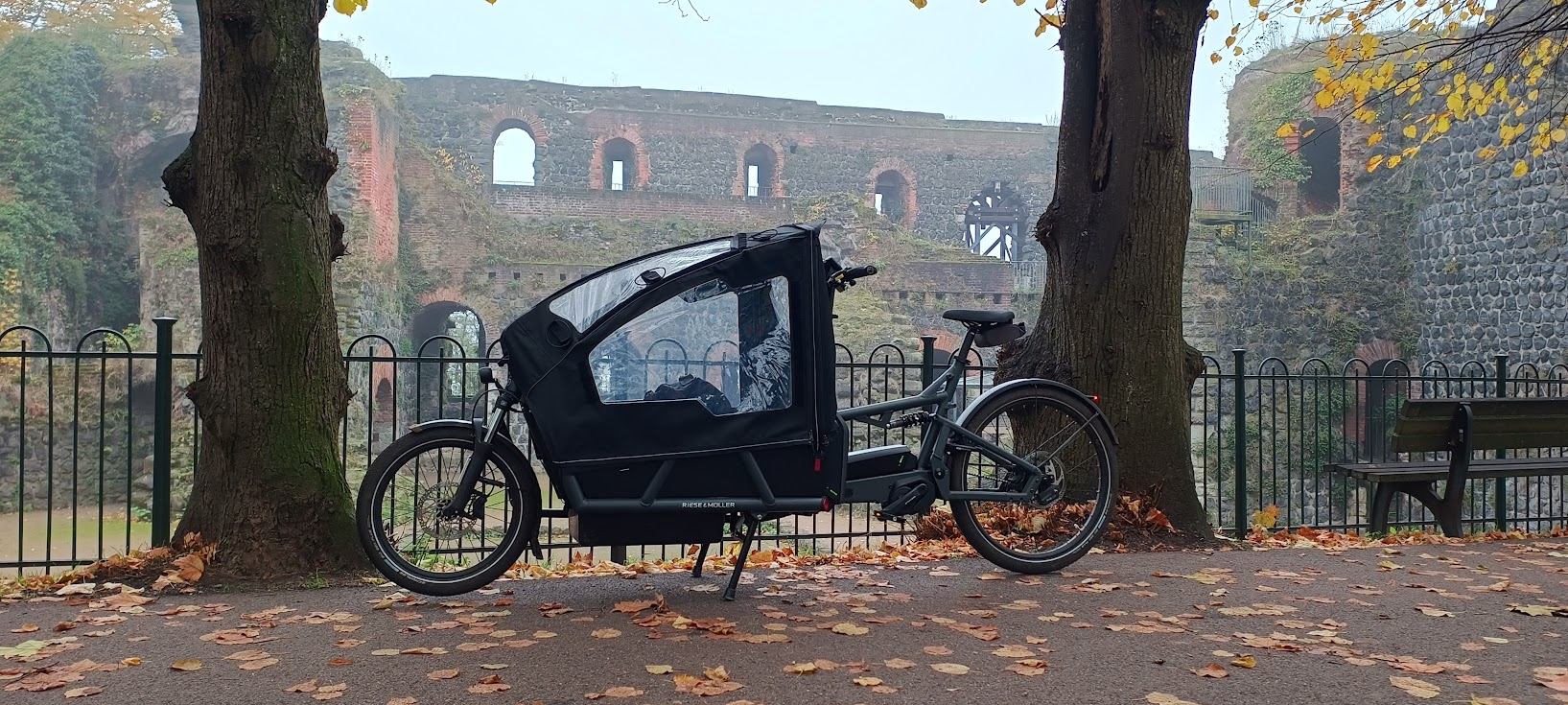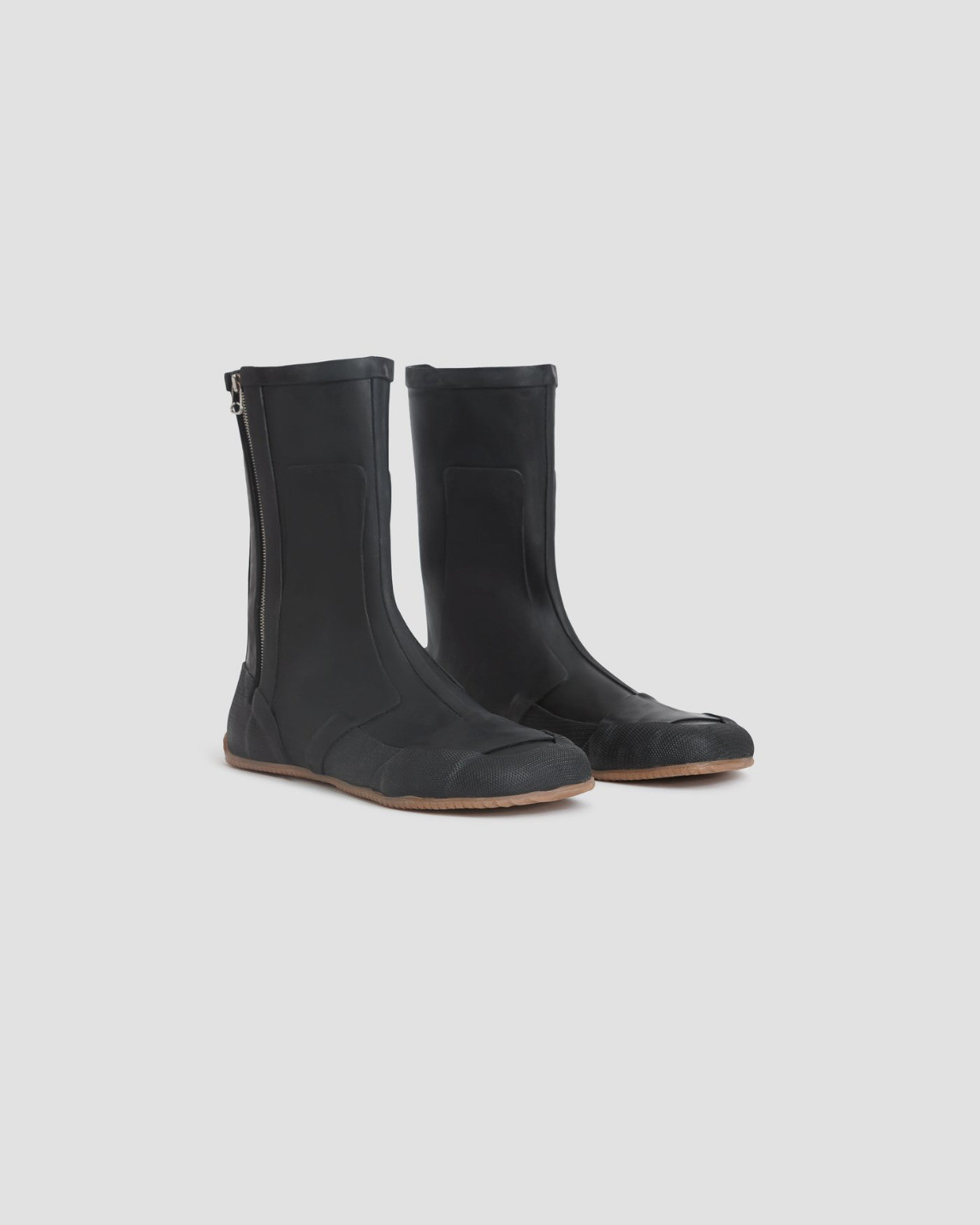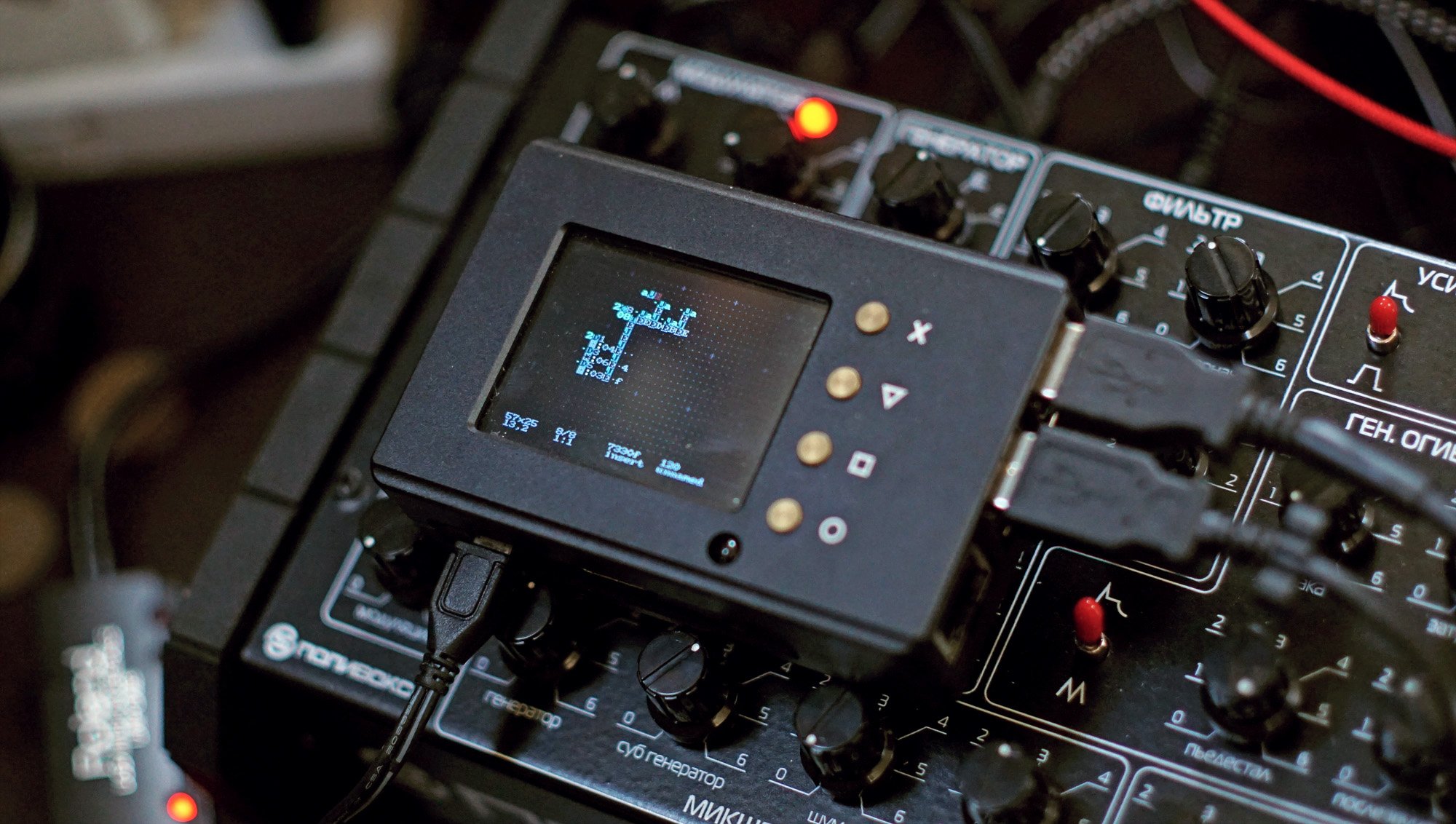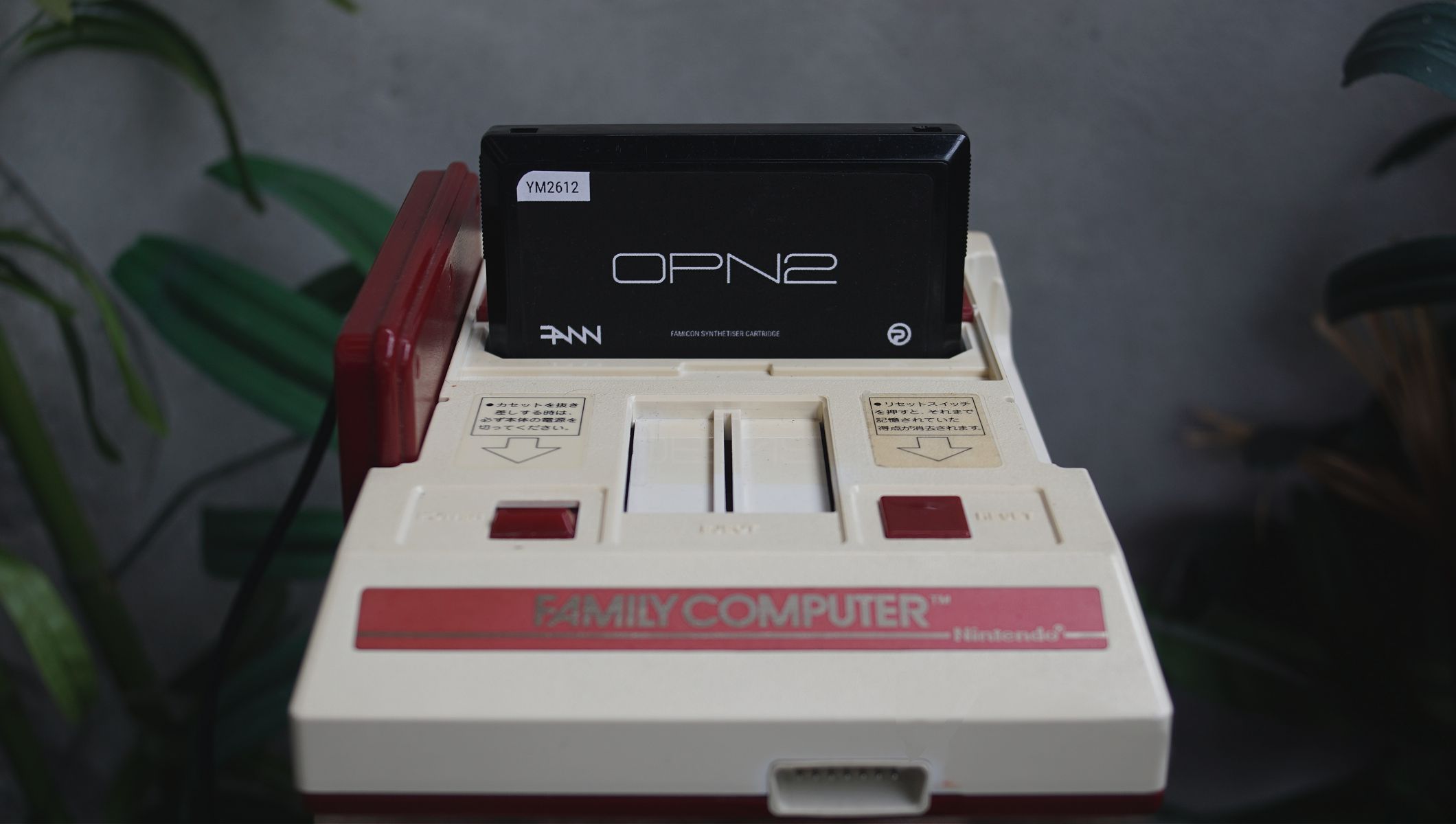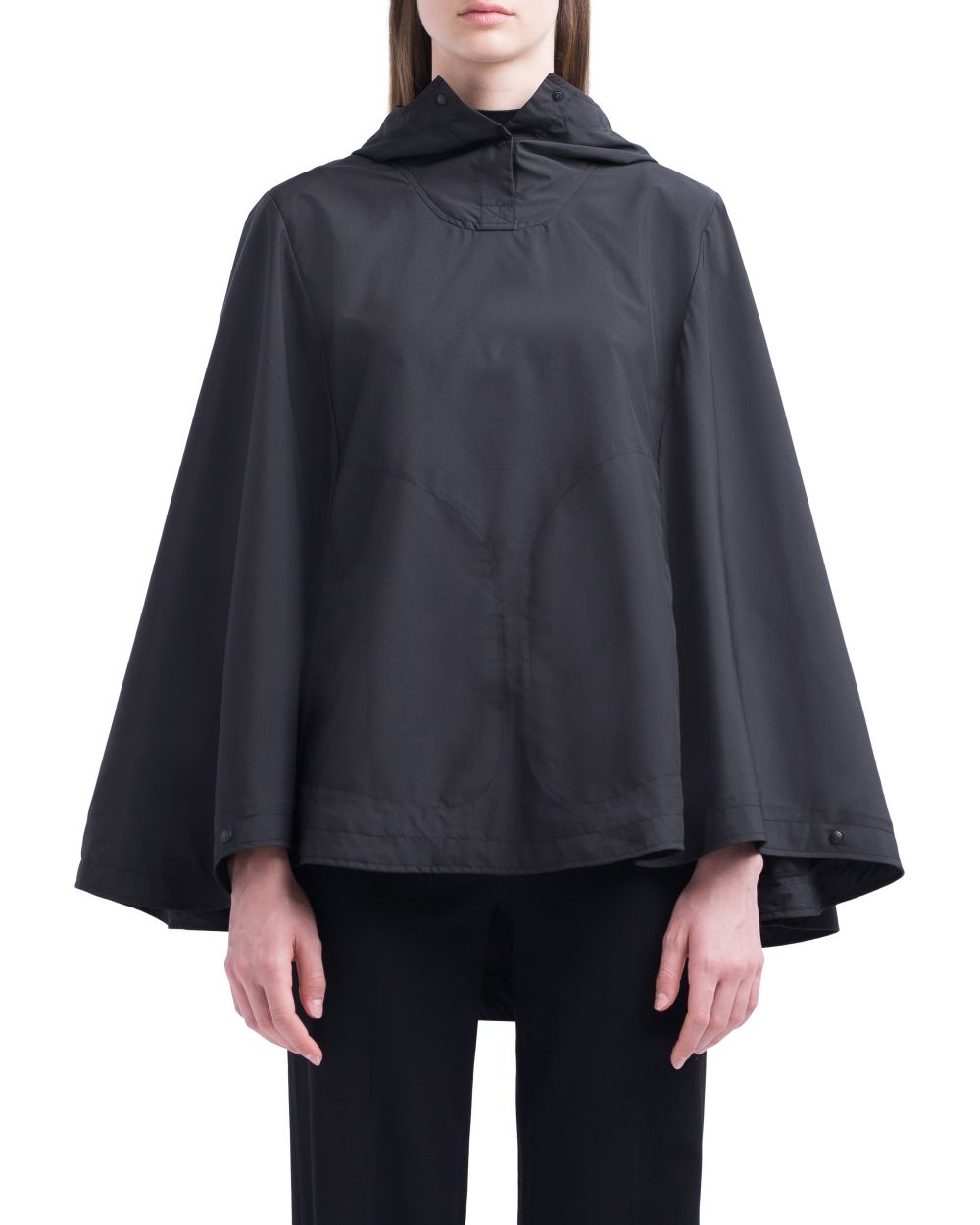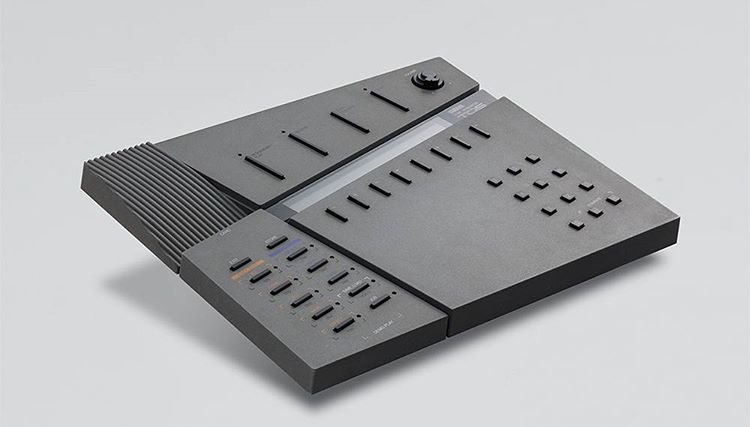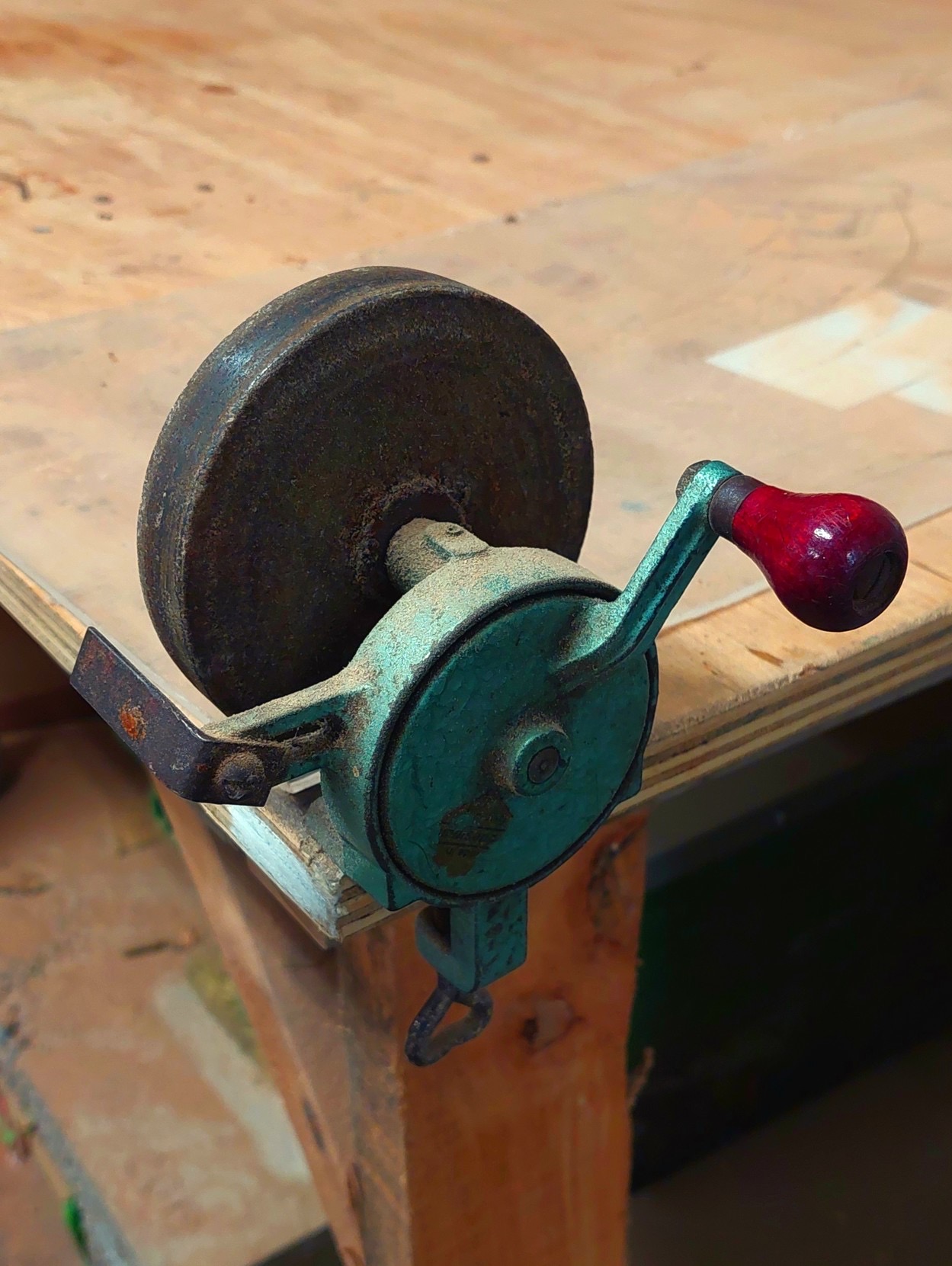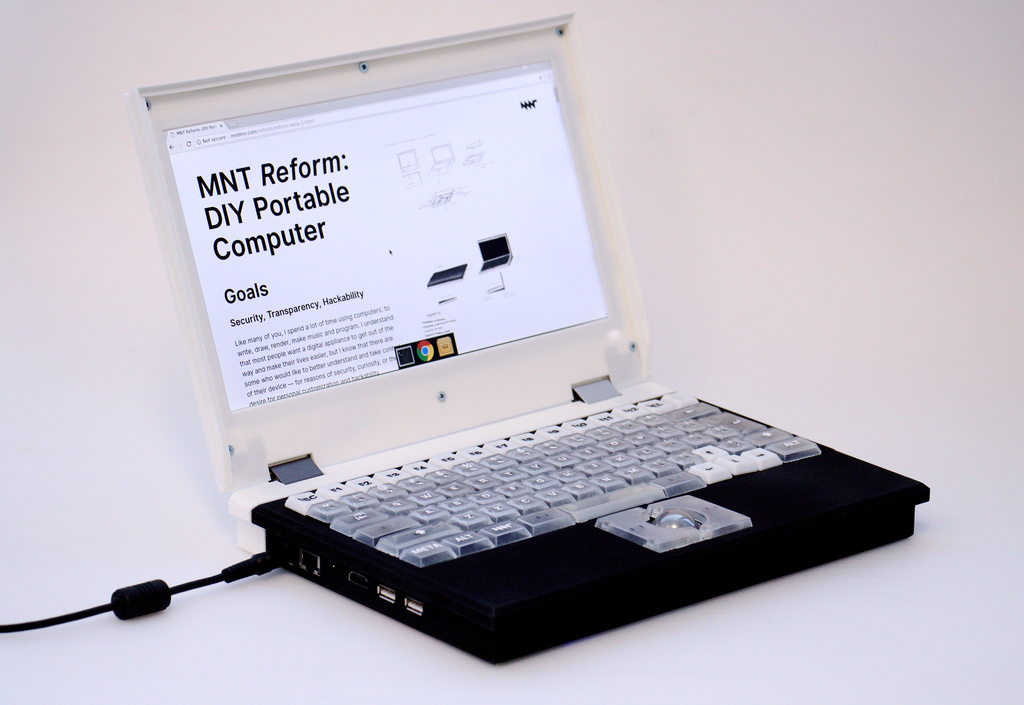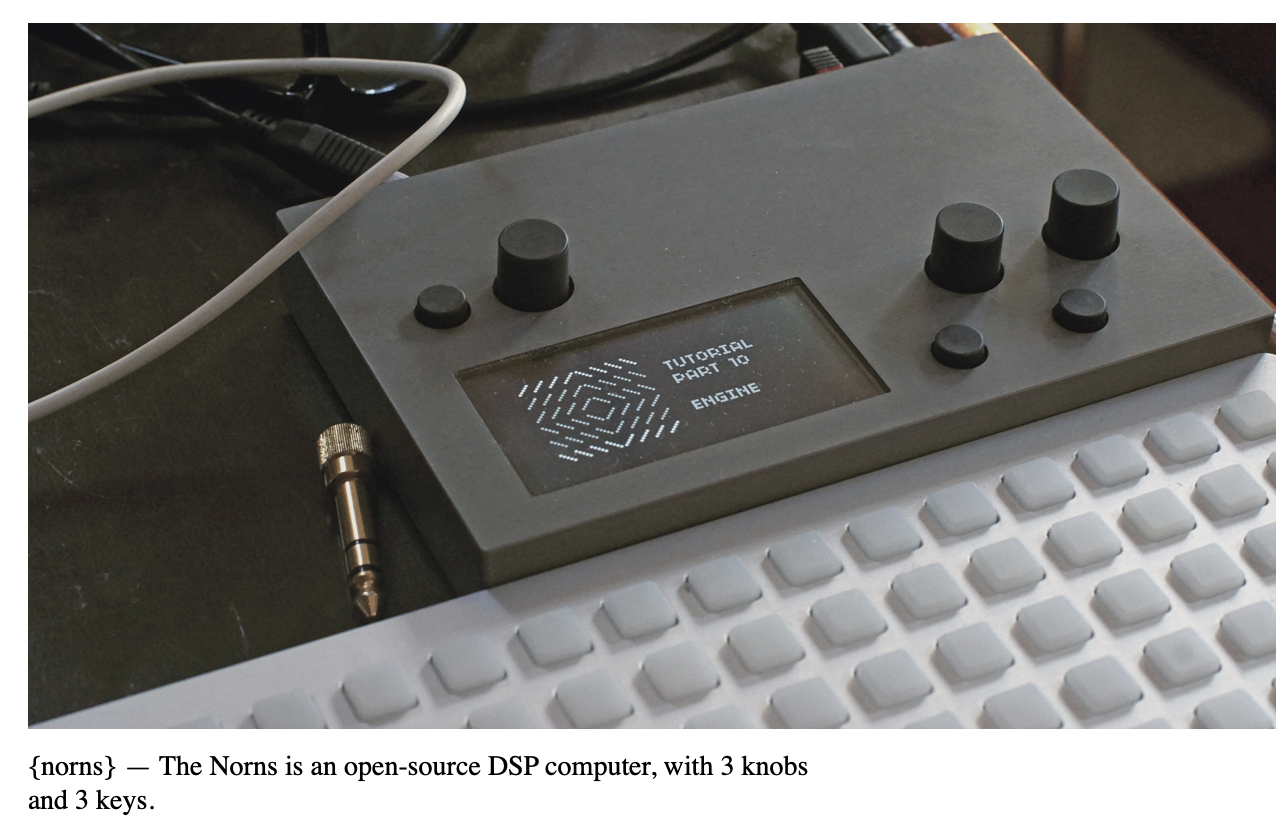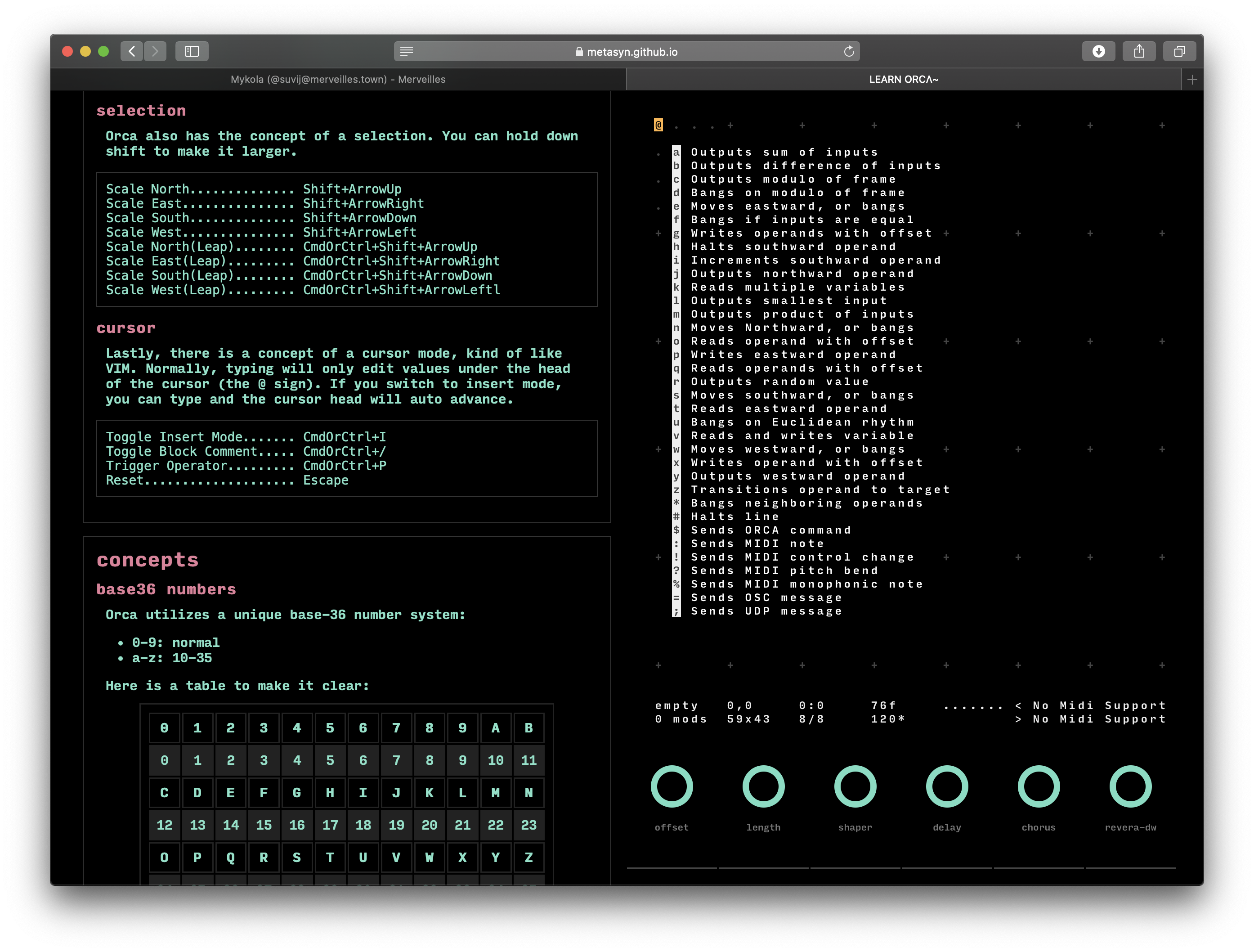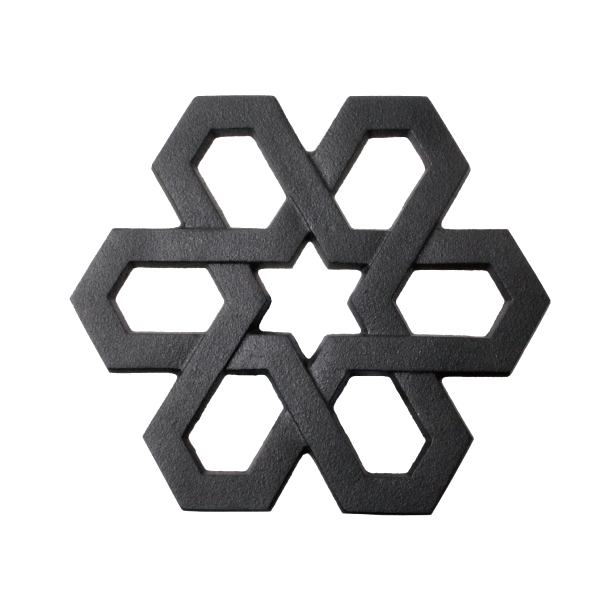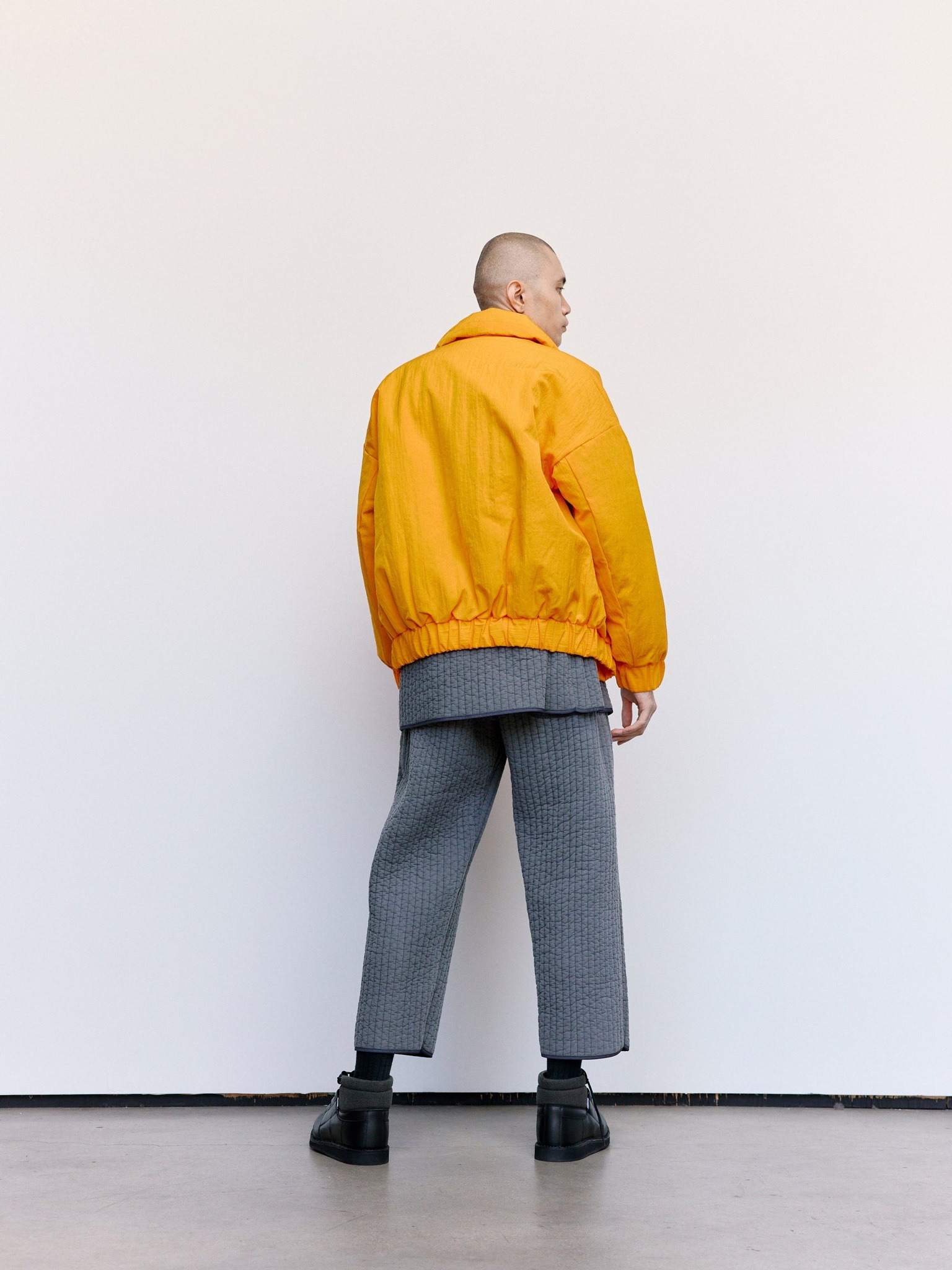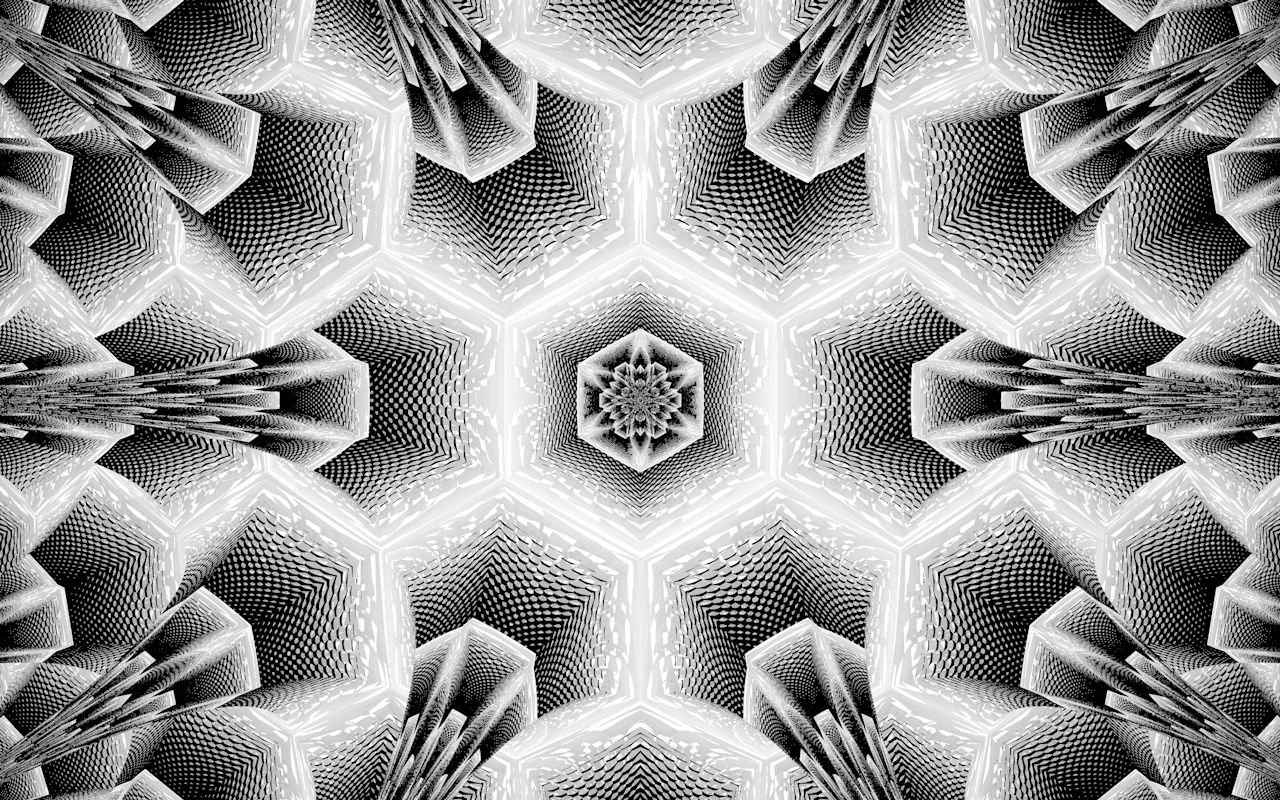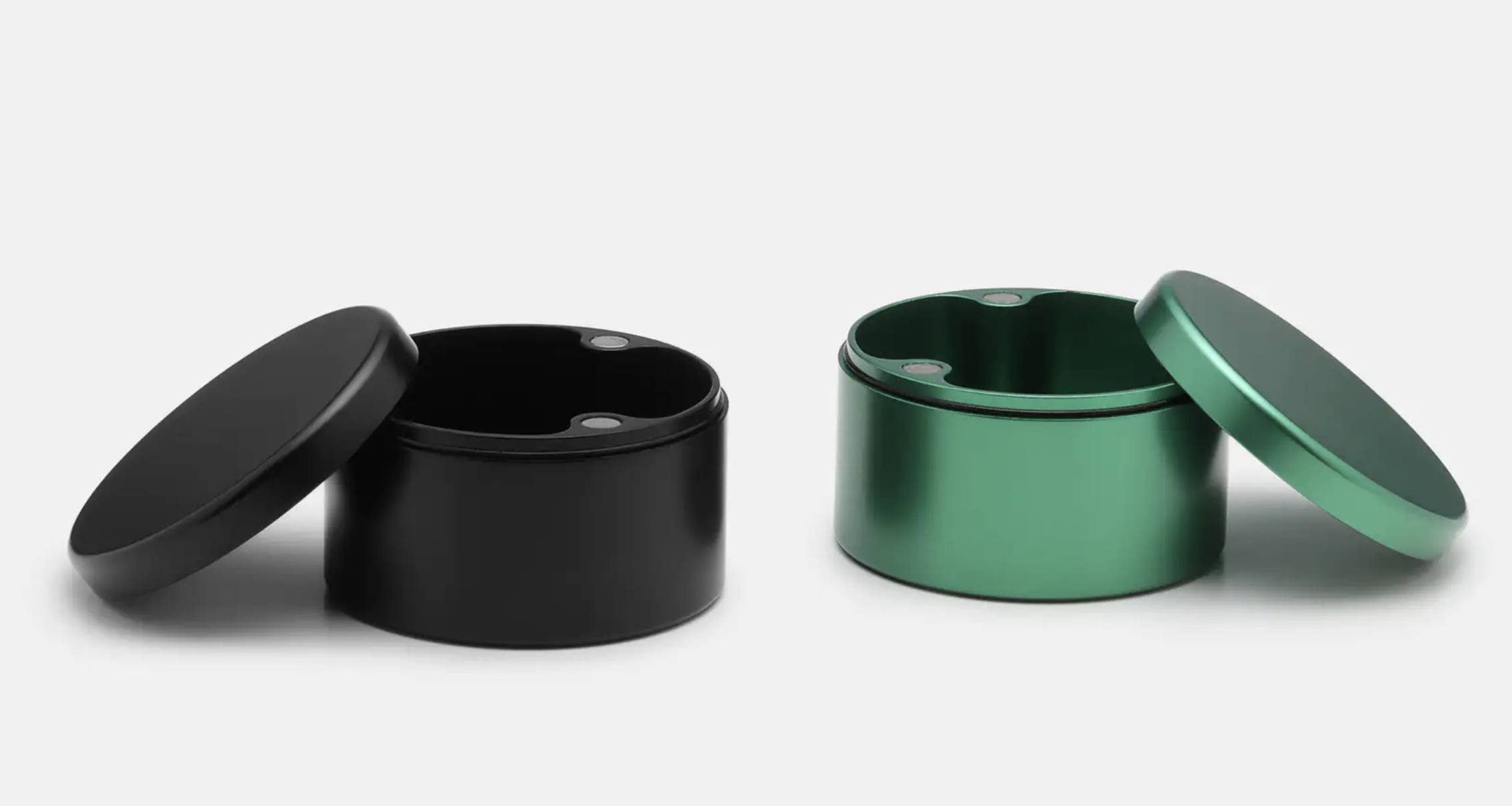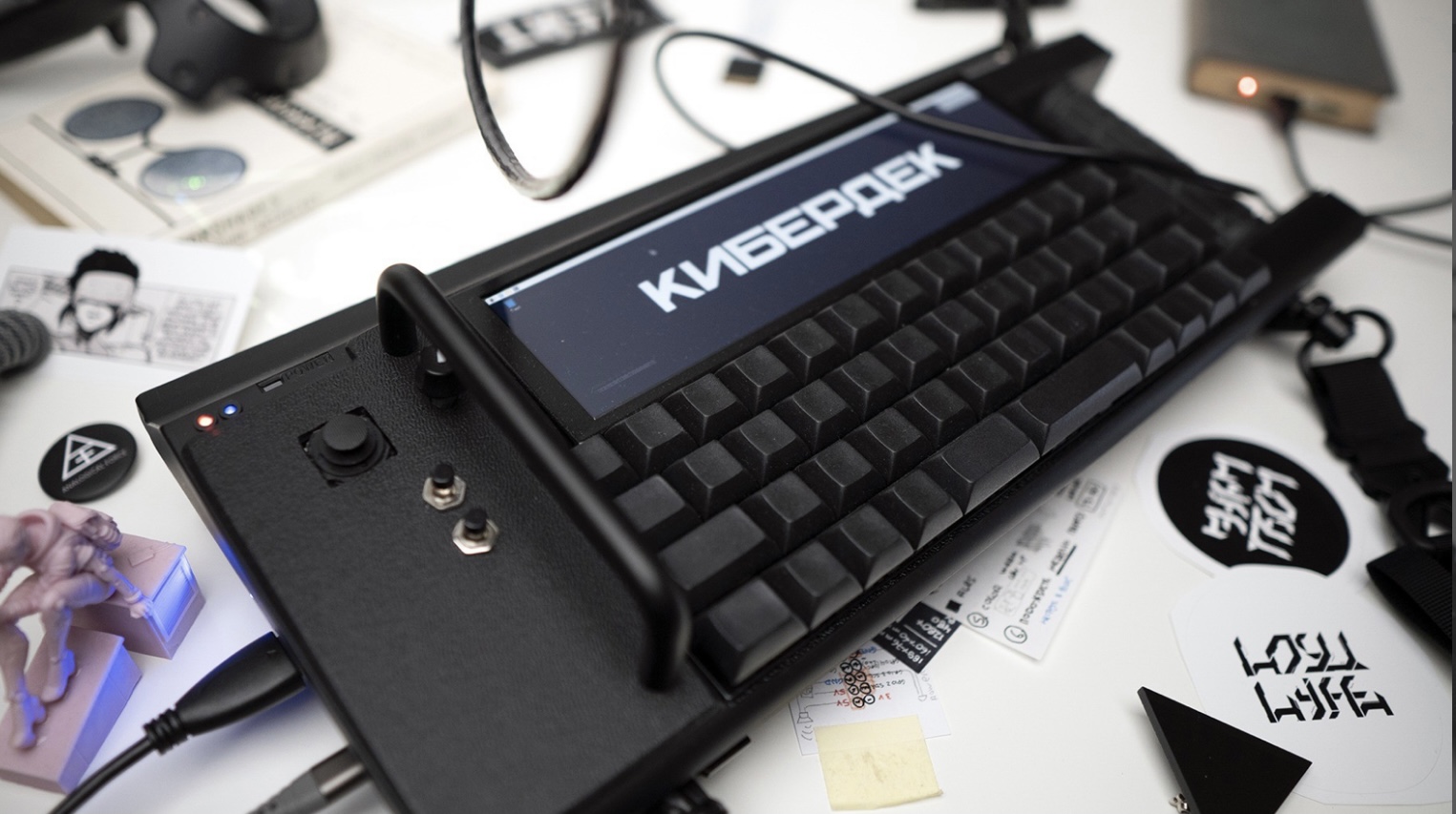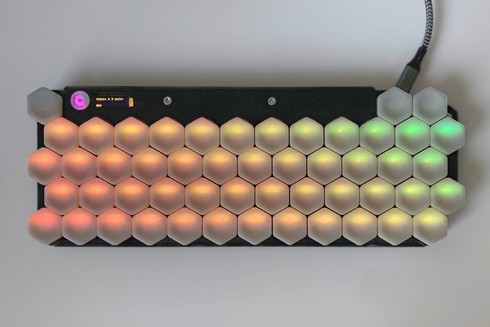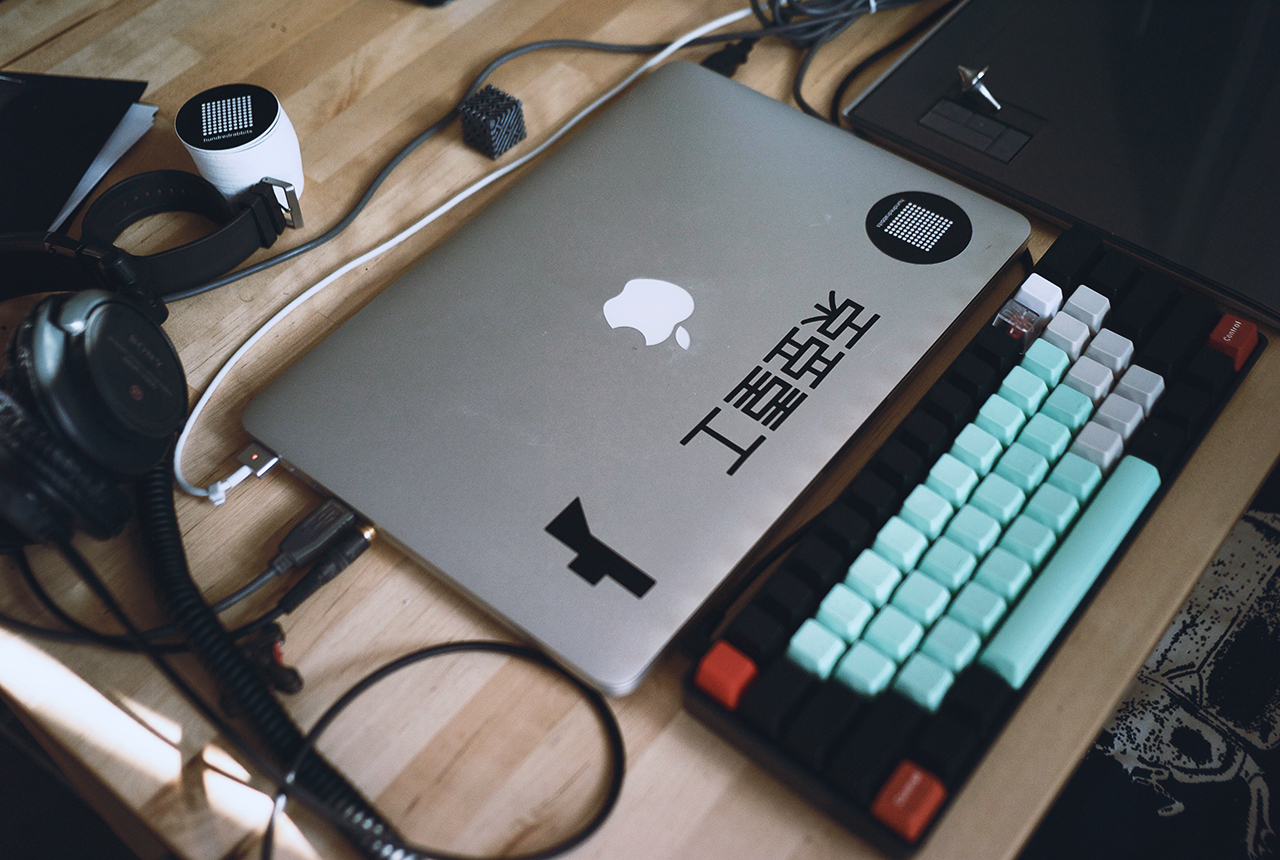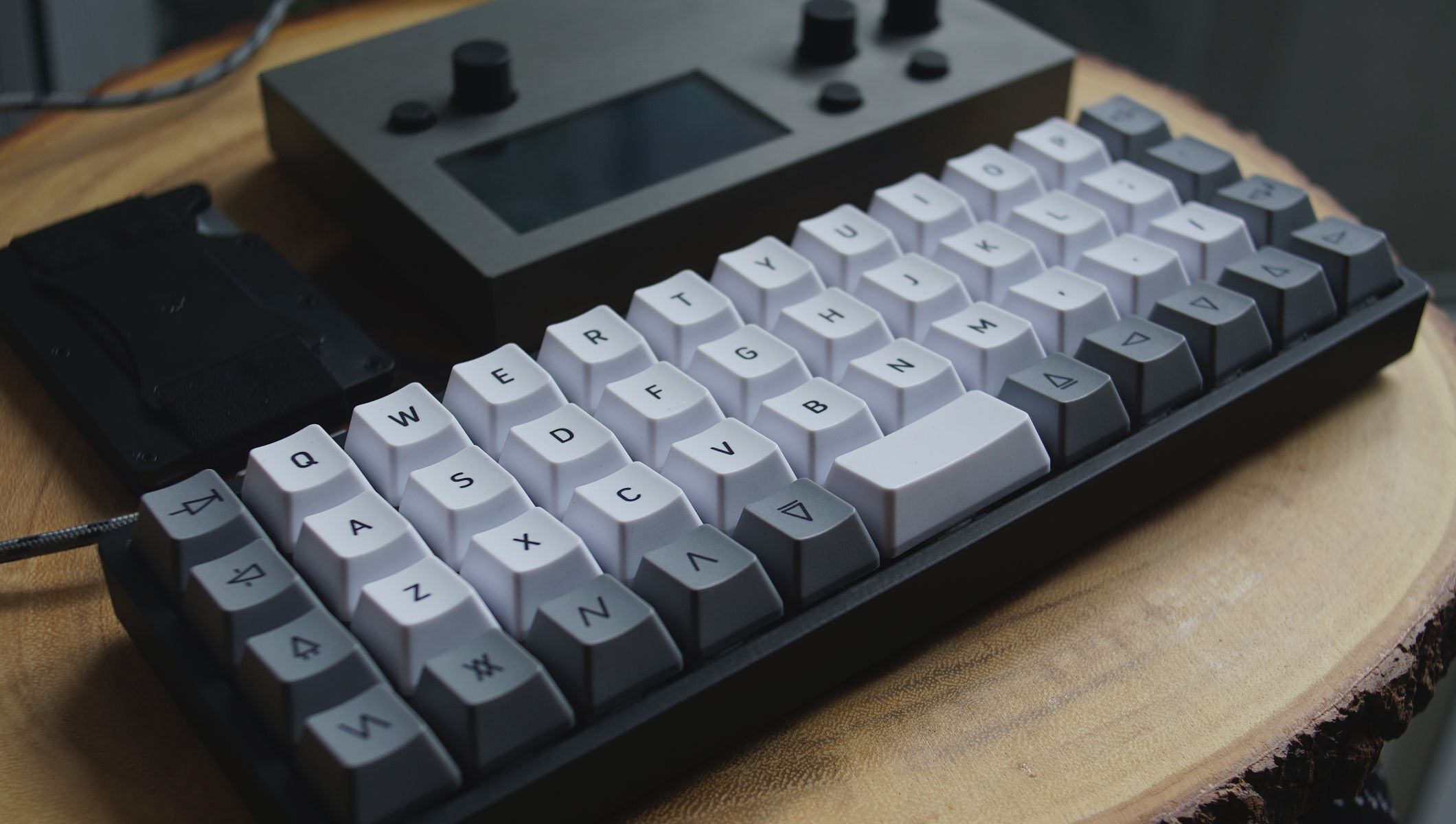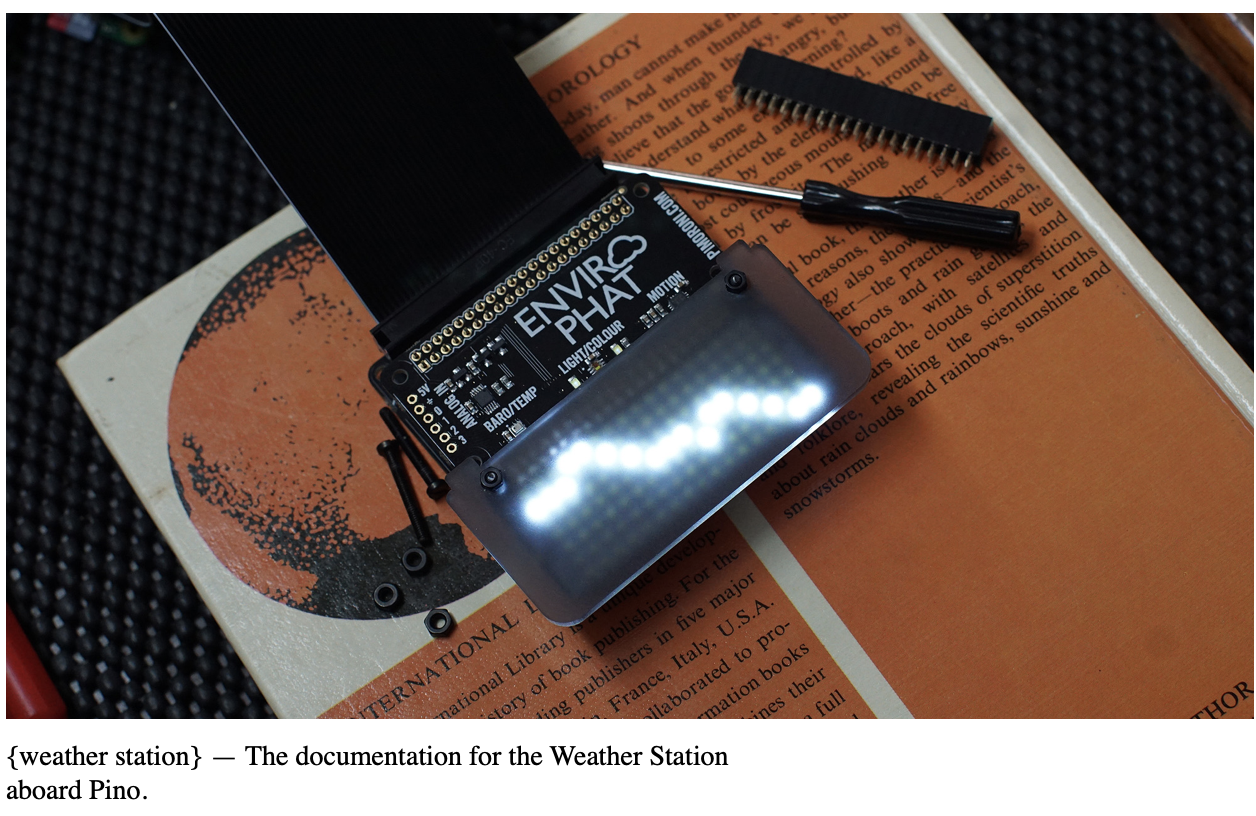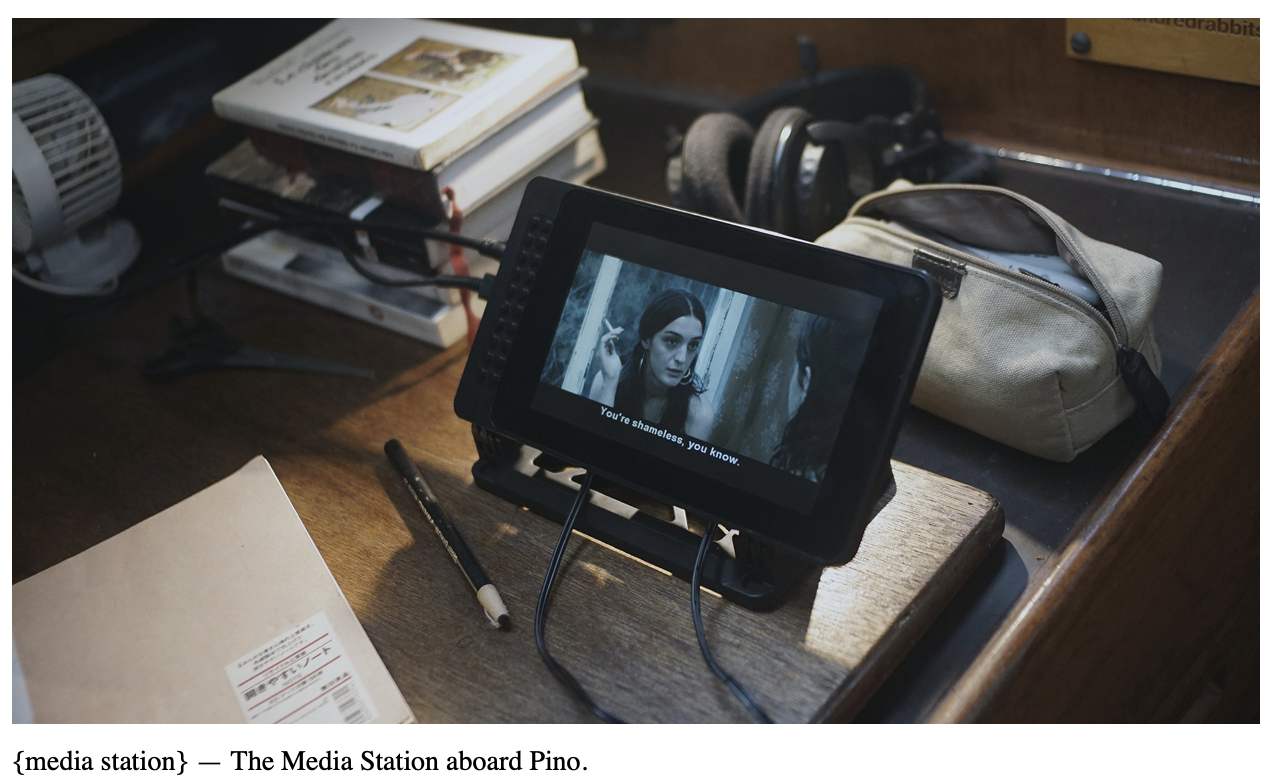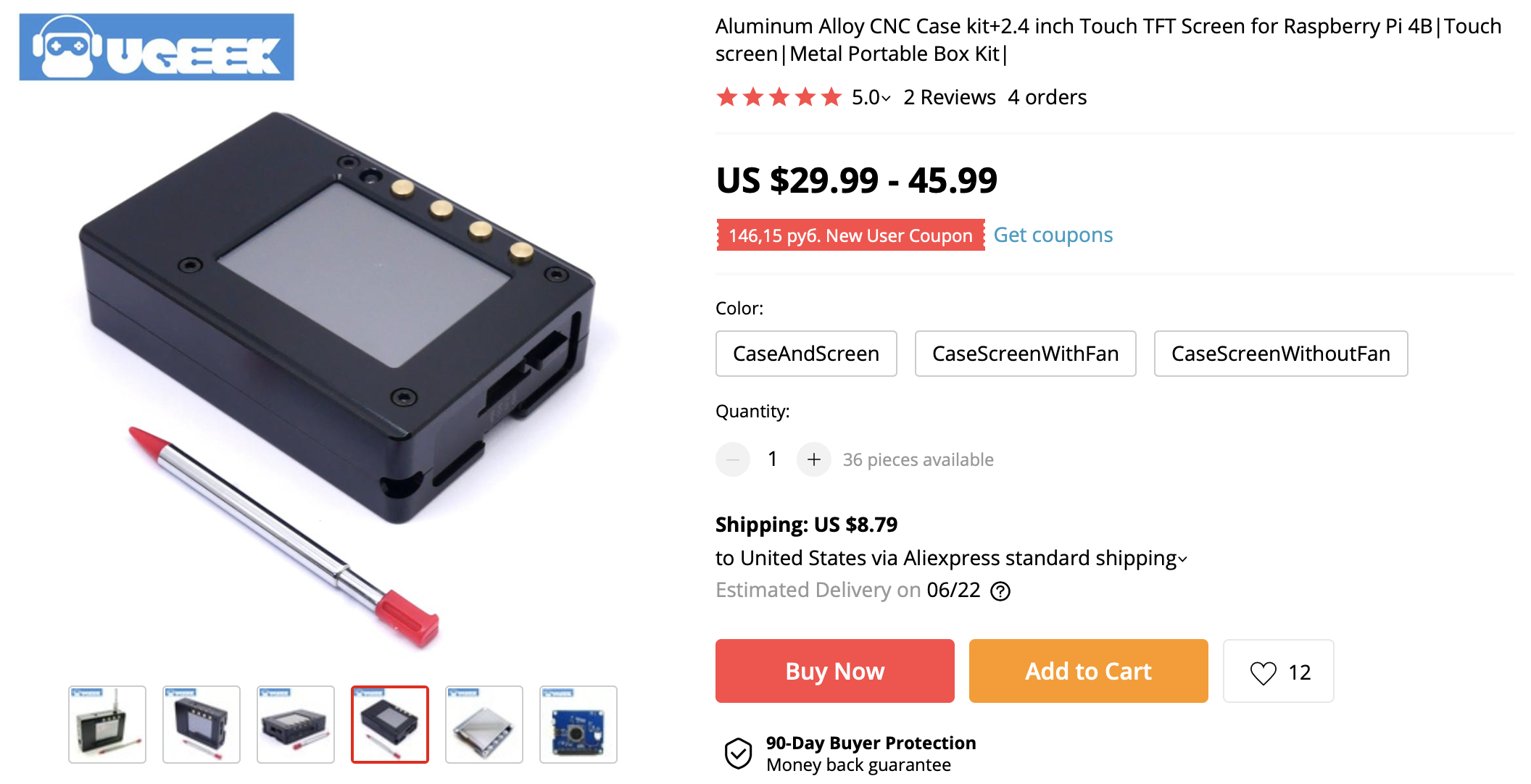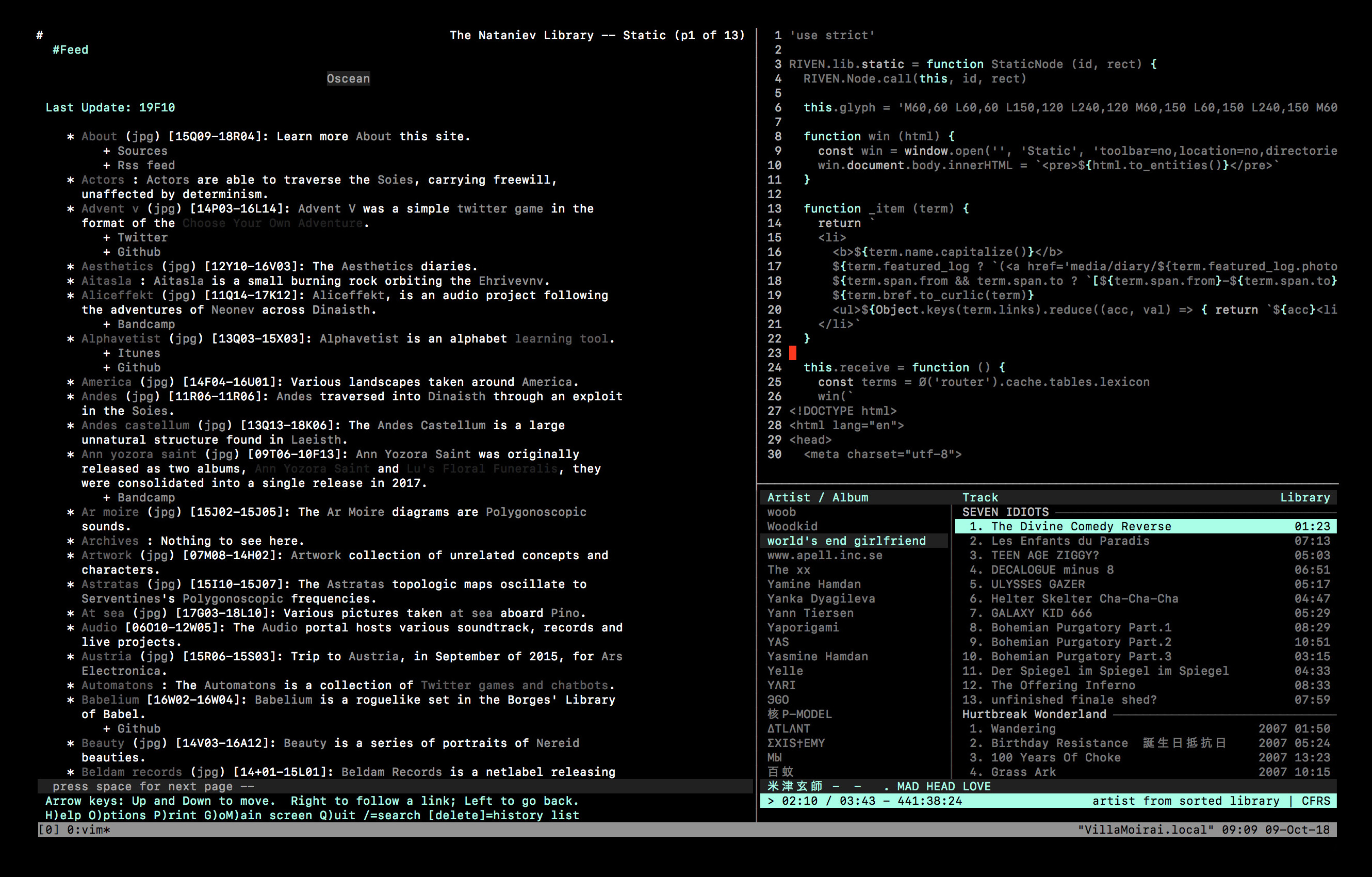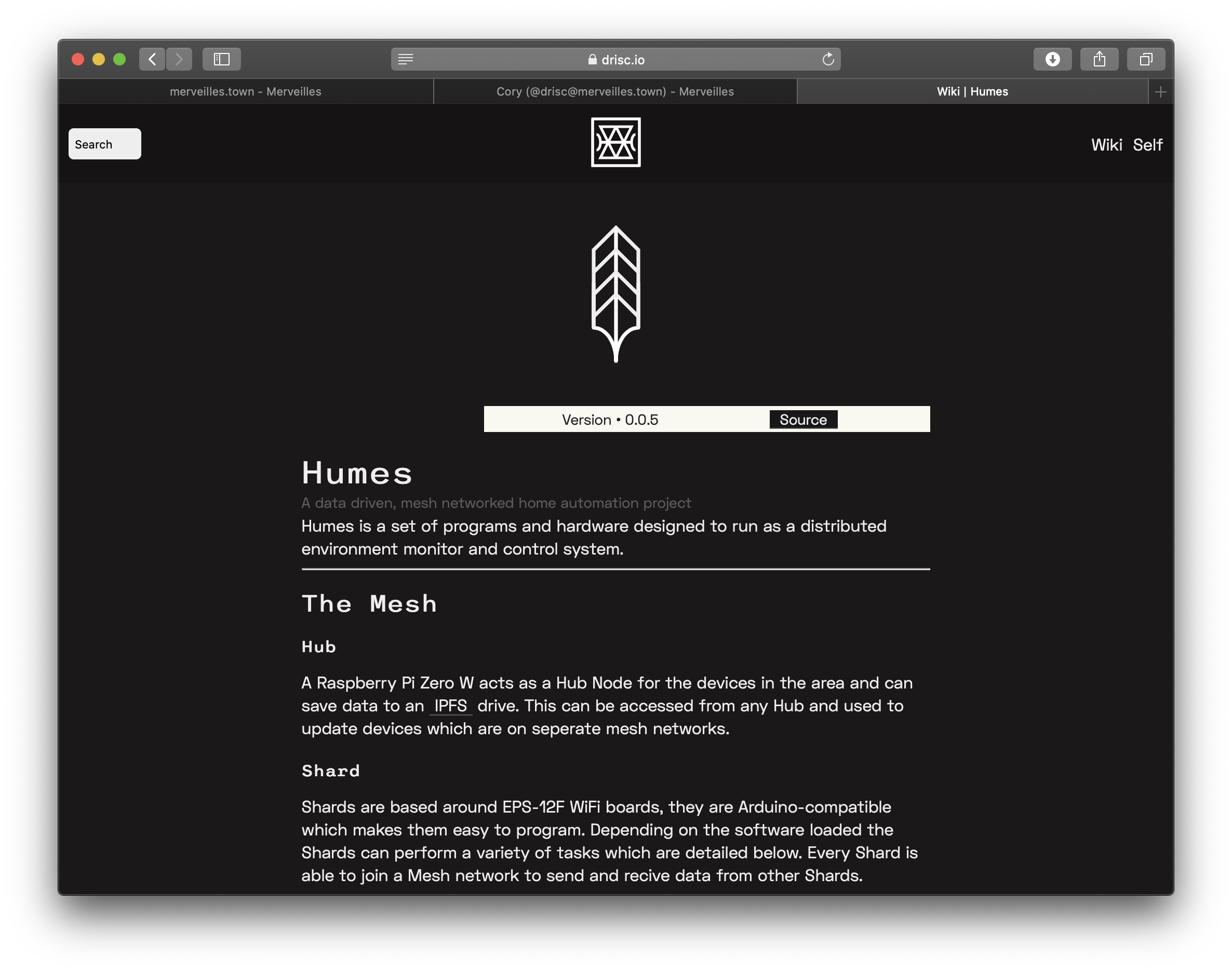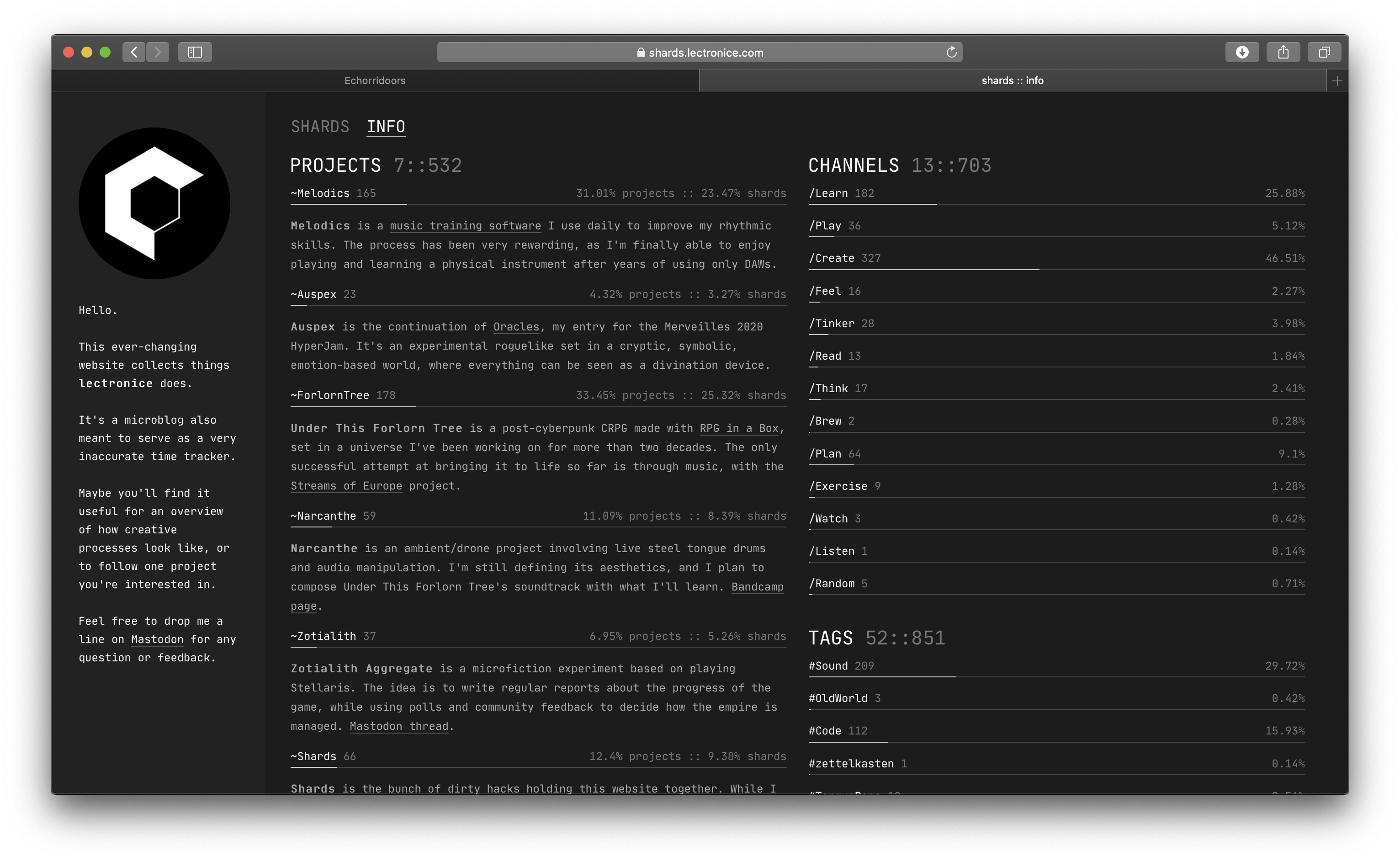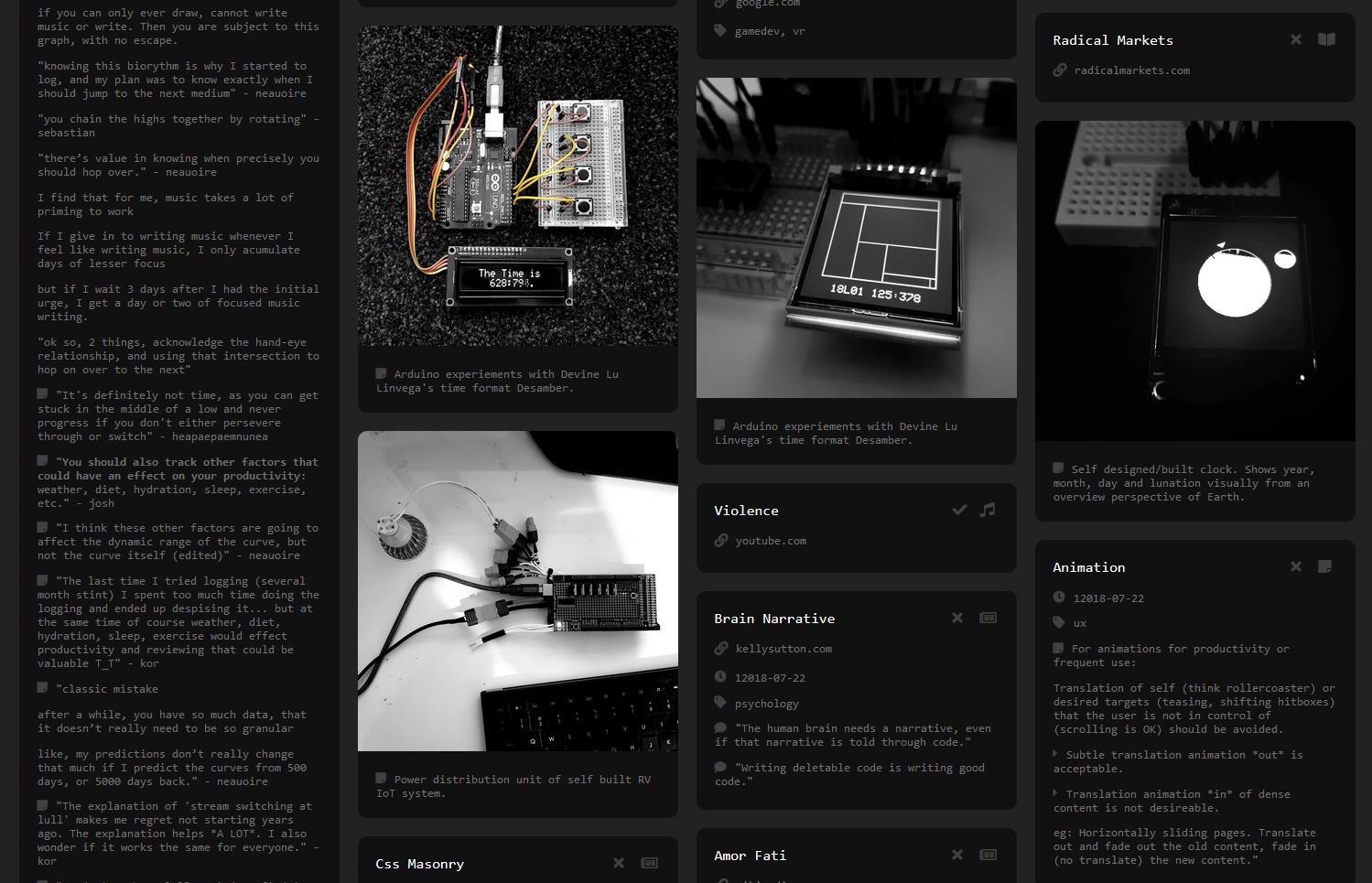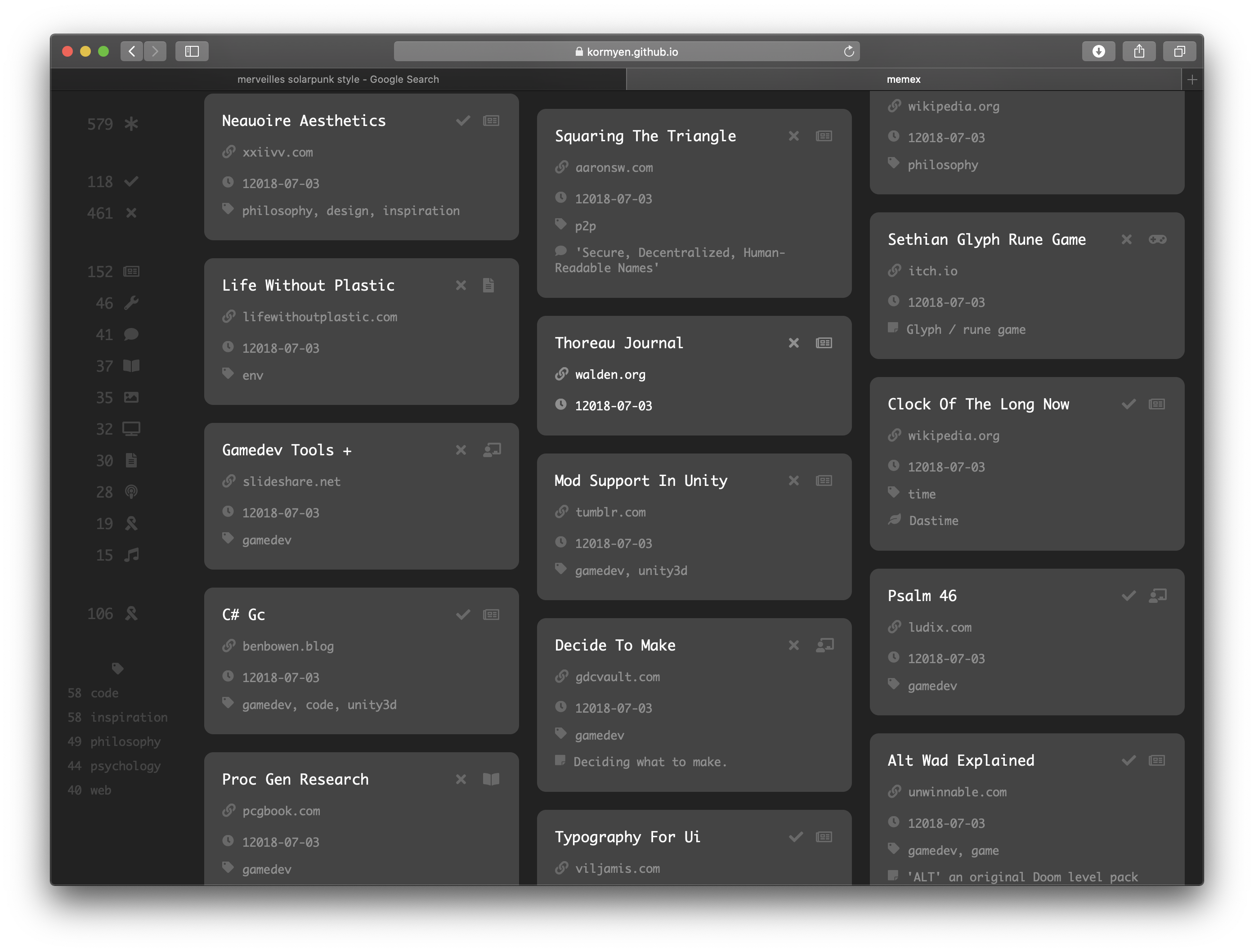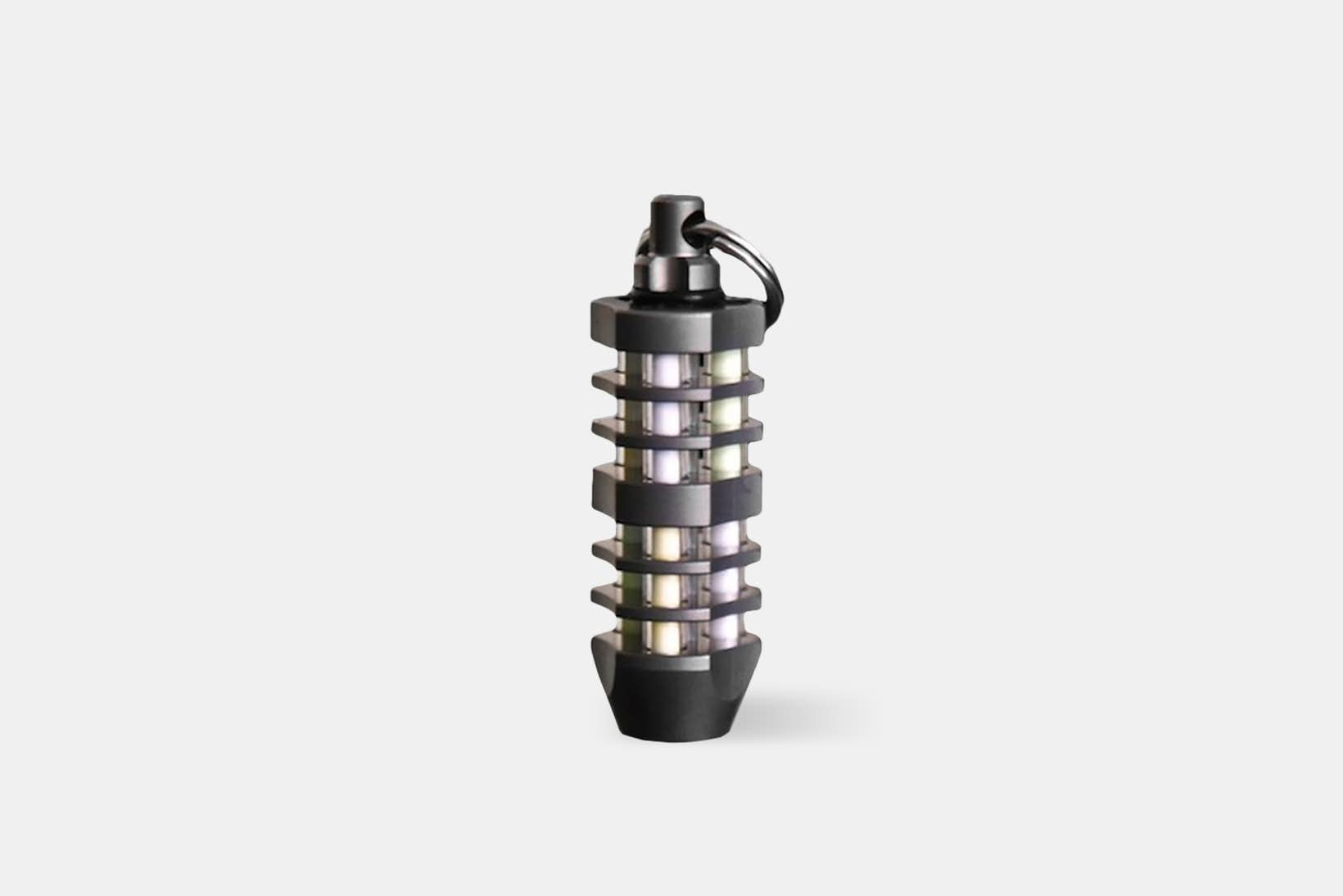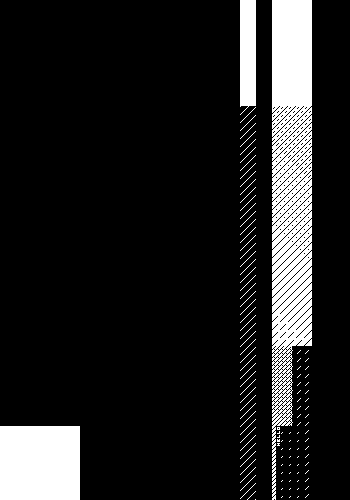Merveilles Sensibility
March 20, 2020The Merveilles Sensibility
Solutioning for technological resilience
Technology-centric subcultures have splintered and transformed radically since the 1960’s when University-born radical researchers synthesized with the funding-rich military industrial complex, creating an unstable cocktail of new ideas. The consumer-computing boom of the 1980’s led to the techno-utopianism of the 1990’s, and ultimately the monkey’s-paw ironic wish fulfillment of the present day- a media landscape that seems to be both the realization and cruel distortion of utopian ideals of “free information”. The breathless venture-capital-powered silicon valley pursuit of untapped markets created a new path of class mobility– private sector software development. As more and more bright young people devoted themselves to this discipline, new technological subcultures were born out of dissatisfaction with the systems these tech workers found themselves serving under. These subcultures are not monolithic, but tribal. They manifest online and are colored by both the ideas of software development as a practice and the class consciousness and values of the various cultures these individuals came from.
The Merveilles Sensibility (from the French word for “Marvels”) is an associated visual design aesthetic, worldview, and collection of production techniques loosely connected to the Merveilles online community. This community exists as an instance of Mastodon (an open source, decentralized and noncommercial microblogging platform reminiscent of Twitter) and as a webring of personal sites hosted over http or distributed via the DAT protocol. The community was founded by Devine Lu Linvega and Rekka Bellum, two artists and technologists who live a nomadic existence on a houseboat and have adapted their lives to these special requirements, producing games and software under the name Hundredrabbits.
Merveilles is associated with, but distinct from sensibilities like ”Solarpunk”, “Cyberpunk” or “Junkpunk” in that it is practical rather than speculative. Merveilles is distinct from intersecting hacker culture in that it asserts that quality of life is tied to an aesthetic enjoyment of it, and in its decidedly leftist politics and ecological concerns. It carries strong, repeated motifs in fashion, industrial design, and user-interface design that are slick, minimalist, and concerned with values like cost, durability, maintenance, power consumption, and efficiency.
The Merveilles sensibility carries notions of optimizing for productivity that seem to have osmosed from mainstream software development culture, but have been redirected in the Merveilles weltanshauung to be used for personal productivity- divorced from commerce, and an assertion that individuals should create their own personally tailored tools to serve their own objectives and values. Merveilles Software is open-sourced and often distributed for free or suggested donations. The sensibility eschews commercial platforms and services whenever possible, viewing them as unreliable and opaque. Computer hardware favors cheap, low power modular devices running open operating systems. There is a tendency towards salvaging older computer equipment and avoiding electronics waste, as well as preparing for a world where the electronics distribution chain breaks down (see the associated CollapseOS project).
Our future must involve repurposing and creating new things from what we already have [instead of 20th century “destroy it all and build something completely different” modernism](…)
(Flynn)
Hundredrabbits incorporates this idea by targeting hardware up to twenty years old in the software that they produce in order to, “encourage recyclism and discourage the consumption of fashionable electronics,” (Linvega and Bellum). Merveilles seems aligned with the ideals of Solarpunk while internally expecting the world of Cyberpunk, it is neither a utopian or dystopian vision, but a way of straddling both contingencies.
The energy required to power tools like Xcode and Photoshop keeps growing, and the large and incessant updates have often long stopped adding worthwhile improvements. While fashionable devices and protocols exacerbate planned obsolescence, bloated software increase energy usage and shorten the lifespan of computers resulting in more than 130'000 computers ending in the garbage annually.
(Linvega and Bellum)
We have decided to focus on documenting, and archiving, means of reusing and repairing older devices and programs. All of our tools are designed to work offline first, operate with little-power on older devices and operating systems. Operating this way, we can keep creating content while off-grid, and when our power and connectivity is limited.
The Merveilles visual aesthetic restricts color palettes to black and white, vector or pixel art, with at most a single accent color (usually a sea-foam aqua). Industrial design is minimalist, geometric black-forged metals, natural wood. Cared-for antique tools are included among plain utility objects and ad hoc modular electronics. The sensibility connects to the past- it resurrects older hardware and software platforms and aesthetics and reconnects them to the present. Programming new art tools for vintage hardware and software is a common exercise. Livecoding is a defining art practice in the Merveilles sensibility, and exemplified in software projects like ORCA, Hydra and Supercollider- open programming platforms where code is written and altered while it continues to run, creating music and live visuals algorithmically.
Creating art and software in a command-line environment informs much of the minimalistic Mervailles aesthetic- monospace terminal fonts are the rule in interfaces, which, while functionally complex, are kept as visually minimal and single-purpose as possible. Experiments with vector art can become ornate and baroque in contrast, and are informed by op-art and digital typography.
I periodically find myself thinking about operating systems, or more specifically the interaction design of OSes. In attempting to tackle the difficult UX challenges of that space, unrealizing that my failure to solve these issues might very well come from the simple fact that the purpose of operating systems is to enable multi-tasking, multi-tasking that I try to eradicate from my daily life, making these issues deeply unsolvable and my love for sharp tools and OSes irreconcilable. ” Sometimes I wonder if we shouldn't re-orient our focus onto things that can run on small low-power open-source single-purpose boards, but I also consider the impact of pushing for the purchase and production more electronics as problematic, perhaps creating software targeting old hardware might be what I'm looking for. Despite all this, I dream of a line of simple electronics, each one designed for a single purpose. Or even for things beyond the realm of electronics, like a kit bicycle with all its superfluousities removed.
(Linvega)
Two aspects of the Merveilles sensibility that interest me most are the livecoding art practice- essentially performative, improvisational programming for music and live motion graphics, and the cultural pushback against always-connected, power-hungry devices that are too sophisticated to repair. I’m also fascinated by the push towards decentralized networks and the ways that the sensibility runs counter to mainstream tech culture. It advocates self-improvement over self-enrichment. It places importance on community and focuses on making those communities resilient and independent of as many centralized services as possible, as opposed to the illusion of independence that can take the form of resource hoarding and distrust. I’m also interested in the strong push to create software as a sort of “personal information architecture” rather than necessarily as commercial products for wider use. While there are certainly many commercially available products that fit within the Merveilles aesthetic, the usage and maintenance of these sorts of items runs counter to mainstream consumer culture. Preoccupation with the “well-made object” is not a radically new notion in terms of design, but in a larger philosophy of optimizing lifestyles for less income and the creation of less waste, the preoccupation transcends a sense of luxury.
As many of the adherents to this are skilled in software development methodologies, a large part of the Merveilles sensibility is the creation of personal, noncommercial software tools. Many visions of technological progress anticipate the existence of ubiquitous high-speed networks and plentiful, cheap power. I would suggest that for every localized instance of ‘techno-utopia’, a desert of extraction is created. For technically skilled bourgeoise who are forced to compete at high levels in STEM fields in order to live in these urban areas, some outliers will continue to become alienated and take the technical skills and methodologies they learn to power and data deserts, not to digitally gentrify them, but to adapt their own lives to those requirements.
The Euro-Asian social influences of the Merveilles sensibility favor a focus on communities as a structure of resilience, with art and ethics as a common cultural bond. Rekka and Devine’s nomadic life on a houseboat is an excellent case study in what that might look like as communities increasingly exist online instead of in a single location. It’s a novel sign of our times that two people living a nomadic life in international waters can also be directly influential in a tight-knit social group that offers mutual aid and is generative enough to have wider cultural influence.
Videos:
Links:
-
solarpunk, notes towards a manifesto
-
Degrowth (wikipedia)
-
CollapseOS
-
Hundredrabbits Tool Ecosystem origin
-
ORCA
-
Dotgrid
-
Merveilles Town
-
Webring
-
Reform Modular Computing Platform
-
Oigen Foundry
-
Time Travelers (time tracking self-made tools)
-
Manfred Mohr
-
William Gibson on fashion
-
Memex
-
The Lilith Computer
-
Elementary OS
-
Livecoding talk - future of coding
-
Livecode NYC
-
Hydra
-
The Critical Engineering Manifesto
-
Building the people’s internet
-
Busy Doing Nothing
-
Collapse Computing
-
Materiality Matters Computing Education
-
Permacomputing update 2021
-
UXN
Works Cited:
- Flynn, Adam. Solarpunk: Notes towards a Manifesto. 2014, https://hieroglyph.asu.edu/2014/09/Solarpunk-notes-toward-a-manifesto/.
- Linvega, Devine Lu, and Rekka Bellum. “Hundredrabbits - Mission.” Hundredrabbits, https://100r.co/site/mission.html.
- Linvega, Devine Lu. Xxiivv - Lifestyle. https://wiki.xxiivv.com/site/lifestyle.html.
